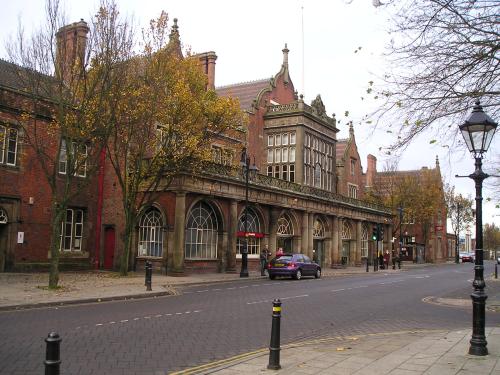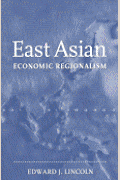There will always be winners and losers as the global economy shifts and evolves. For a long period in the mid- to late 20th century, those losers were cities. Across the developed world, suburbanization shrank inner-city populations just as the industrial base that had once fueled growth succumbed to globalization.
At the end of the 20th century, as global cities such as New York and London pulled themselves out of the malaise of the 1970s, economic growth still eluded many smaller, formerly industrial cities across the United States and Europe. Catalyzing recovery in those older industrial areas was the focus of a decade-long effort of the London School of Economics and the Brookings Institution. As is clear in Cities for a Small Continent, a new book from Anne Power at LSE, the potential in these cities is greater now than ever. In our contribution to the volume, we examine the why and the how of economic transformation in several U.S. cities.
There has been a lot of focus on the shift in location preferences that is bringing people back to cities. Significant shares of millennials as well as empty nesters are voting for urban communities where they can live, work, and play. At least as important is the restructuring of the U.S. economy—from a closed innovation system where corporations operated isolated research facilities, to an open, networked economy where corporations innovate in collaboration with universities, researchers, entrepreneurs, and investors. Innovation is critical, because as Antoine van Agtmael and Fred Bakker assert in The Smartest Places on Earth, “the era of cheap [in manufacturing] is over; the era of smart has begun.”
These shifts in social preferences and market forces revalue cities and “cityness”—proximity, density, vibrancy, authenticity, and diversity. In particular, population and employment growth is occurring in downtowns and midtowns that have key institutions and assets: universities, medical campuses, cultural venues, historic buildings, walkable streets, and transit connectivity.
This regeneration is being delivered through a new localism in U.S. governance. Every day brings new bottom-up, city-led approaches to the training of workers, the education of children, the mitigation of climate change, the financing of infrastructure, and the development of affordable housing for our workers and quality places for our young and elderly populations.
Across this wide range of activity are some common characteristics.
Cities are harnessing the power of networks of government, business, civic, philanthropic, university, and community institutions and leaders rather than relying on public-sector solutions alone. The focus of the new American localism on unlocking the latent capacity and creativity of public, private, and civic networks differs markedly from the focus of traditional federalism on relationships between levels of government, particularly the federal government and the states.
Cities and metropolitan areas are also deploying capital from an array of public, private, and civic sources at the local, national, and even global levels. With federal investment dwindling, financing of critical projects will increasingly come from public-private collaboration and require experimentation around new forms of innovative finance.
Our chapter highlights four cities in the United States—Pittsburgh, Philadelphia, Cleveland, and Detroit—where this new localism has delivered tangible results. Though each city is at a different point of recovery, all have experienced growth in their cores that has been enabled and co-led by anchor institutions, major philanthropies, private-sector leaders, and civic groups. The biggest investments and decisions in these places have been the results of collaborative processes—proof that cities and the institutions that invest in them can be a source of long-term, strategic thinking that ultimately leads to healthier and more prosperous urban economies.
Similar efforts are spreading across the United Kingdom and Europe, though the systems there tend more toward public-sector leadership. In Sheffield, England, a concerted effort by business and academic institutions to “upskill” the manufacturing base, enabled by the flexibility of a “city deal” from the central government, has made the city a global center of advanced manufacturing. Bilbao, Spain evolved from a manufacturing base to a vibrant urban cultural hub by leveraging the value of publicly owned land and other assets for regeneration purposes. Stories such as these are featured throughout Cities for a Small Continent, as well as in a new series of seven case studies from LSE.
We are still in the early stages of this rebalancing of growth. Cities and metropolitan areas experienced decades of population and employment decentralization, poverty concentration, racial separation, and de-industrialization. Such patterns do not get changed overnight. But they are changing. As cities innovate, those solutions must be captured and codified and then replicated across the world.
Watch the May 24, 2016 LSE launch event for Cities for a Small Continent here:










Commentary
How “new localism” is democratizing urban growth
June 14, 2016